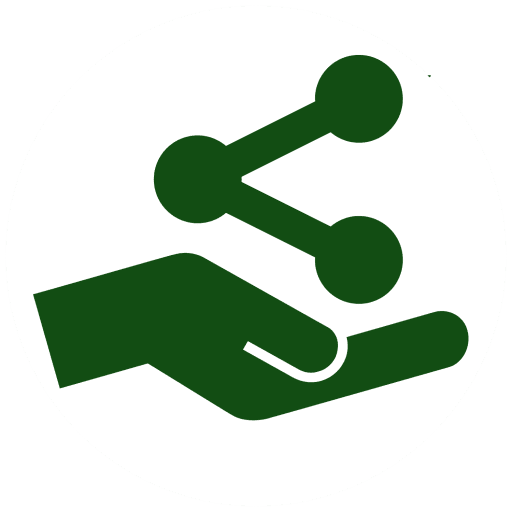Have you ever heard the saying, “Life is not fair?” Yea, it is pretty annoying when unfortunate things happen to us, whether we deserve it or not. It may be the loss of a job, a relationship breakup, falling sick, or experiencing an unforeseen disaster like a pandemic. Curveballs are simply part of the human condition. The question is not how to avoid them, but how to rise again after they hit.
In psychology, this ability is called resilience; the process of adapting well in the face of adversity, trauma, or significant stress. The good news is resilience can be learned, strengthened, and rebuilt.
1. Acknowledge the Reality: It is Okay to Feel Knocked Down
Ignoring pain does not make it go away. Research found that suppressing negative emotions can lead to higher levels of anxiety and depression.
Instead, allow yourself to process what happened. And figure a way through it. Journaling, speaking to a therapist, or simply naming your feelings, “I’m overwhelmed,” “I’m disappointed,” “I’m scared” can activate areas of the brain that help regulate emotional response.
But in the process of acceptance and feeling the pain do not dwell permanently on it to avoid depression.
2. Shift Your Perspective: Reframe the Narrative
Cognitive behaviour therapy (CBT) encourages the use of a tool called cognitive reappraisal. That is, changing the meaning you assign to an event to change your emotional response. Be optimistic after a negative event, view setbacks as opportunities for growth. This strategy has been shown to increase psychological well-being.
Ask yourself:
- What can I learn from this?
- Have these shown me strengths I was not aware?
- Is this redirection rather than a failure?
Cultivating cognitive flexibility, or the ability to alter perspectives and generate alternative solutions, is at the heart of resilience.
3. Seek Social Support: Lean on Others
Human beings are designed to seek connection. Studies have confirmed that strong social support networks reduce the psychological impact of stress and trauma.
Reach out. Speak to a friend, join a support group, or talk with a therapist. Vulnerability is far from being a weakness, is one of the strongest resilience tools we have.
4. Rediscover Your Purpose and Rebuild a New Routine
After major life events, people often report finding new meaning in their lives, a phenomenon known as post-traumatic growth. Purpose does not erase the pain, but it gives it a place.
Ask:
- What gives my life meaning now?
- What values do I want to live by going forward?
But most importantly, allow yourself to establish new habits that may be necessary to reach your newly discovered purpose for the future.
5. Move Your Body, Move Your Mind
Physical movement is a science-backed strategy to combat stress and depression. Reaearch shows that exercise releases endorphins and encourages the growth of new brain cells especially in areas like the hippocampus, which is linked to emotion regulation.
Even a daily 20-minute walk can reset your mental state and fuel your resilience.
Also, a simple sway to a music can help release a lot of pent down emotion.
6. Start Small, But Start
Resilience builds with action. Small positive behaviours can break the cycle of avoidance and helplessness This might be as simple as:
- Making your bed
- Drinking water
- Answering one email
- Writing one page on a writing test
Small wins generate momentum, confidence, and a sense of control, crucial ingredients for bouncing back.

Final Thoughts: Resilience Is not a Solo Journey
Recovery is not straightforward procedure. It does not look the same for any two individuals. But something stands above every story: healing is possible.
Resilience is not about being unaffected by life’s curveballs. It is about knowing how to get back up again and again with more strength, clarity, and compassion than before.



[…] in managing the discomfort tied to tasks. If you are navigating emotional setbacks, our article on “How to Bounce Back After Life Throws You a Curveball: Building Resilience” offers encouraging, actionable steps to cultivate inner […]
[…] the article How to Bounce Back After Life Throws You a Curveball: Building Resilience, readers are reminded that resilience grows when we face discomfort with awareness and intention. […]